An interview with Khalid Teama, Technical Director at EDA Solutions

In the rapidly evolving world of technology, image sensors play a crucial role in a wide array of applications, from smartphones to autonomous vehicles. As the demand for higher performance and more sophisticated image sensors grows, engineers face numerous design challenges.
While preparing to exhibit at the upcoming Image Sensors Europe conference Khalid Teama, Technical Director at EDA Solutions, shared his insights on the conference, the design challenges faced by image sensor IC engineers and how EDA help address these issues.
Q: Why is EDA Solutions exhibiting at the Image Sensors Europe conference in London on March 18-19?
It’s a great conference. The content is technical, detailed and leading-edge, with delegates attending from all over the world. In fact, EDA Solutions has been supporting the conference, on behalf of Siemens EDA, since 2017 – perhaps even before! Europe is a hot spot for image sensor design and the custom IC design tools EDA Solutions sells and supports are a particularly good fit for the challenges engineers are facing.
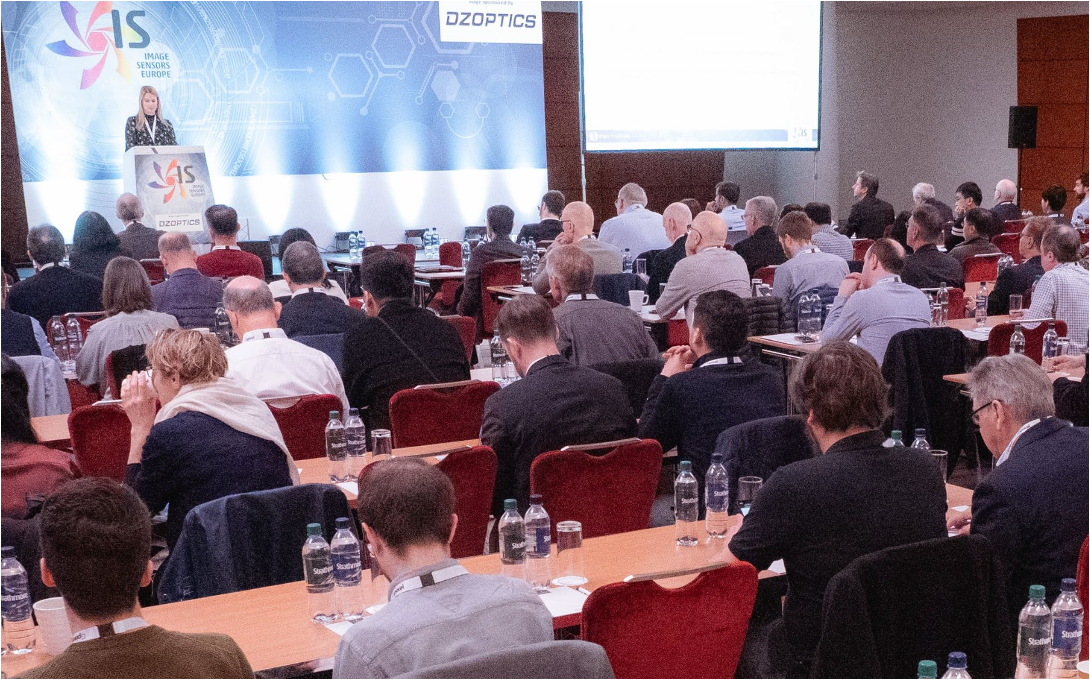
Q: Can you give me some examples of today’s image sensor applications?
Image processing has so many applications, all relying on specialist image sensors for various wavelengths, including visible light, thermal, radar, and X-ray. For instance, smartphones have image sensors for cameras with resolutions up to 200MP, designed to excel in low-light conditions, high dynamic range (HDR) and high frames per second (fps). In automotive applications, LIDAR and driver monitoring are critical for autonomous vehicles. Medical applications include new X-ray detectors, novel sensors for endoscopes and intraoral dental imaging. And there’s a myriad of industrial/IIoT applications. We are seeing excellent growth in this sector with CAGR estimate reported between 7.12% and 8.6%[1], driven by the increasing demand for high-tech solutions.
Let me take shine a light on just one example, the smartphone camera sensors, some latest smart phones boast image sensors with resolutions up to 200MP. They are designed to excel in low-light conditions, HDR and provide frame rates of up to 960 fps! The advancements are mind boggling and are a testament to the skills of IC engineers designing them.
[1] Grand View research projects 7.7% 2025-2030, Mordor Intelligence suggests 7.12% for the same period and Yahoo Finance reports 8.6% for 2023-2030.
Q: And for the IC designers of these devices, what are some of their biggest challenges?
- Noise Reduction
Achieving low noise levels is crucial for high-quality image sensors. Designers must address various noise sources, including readout noise, dark current noise, and photon shot noise. As pixel density increases, undesirable crosstalk also rises, making noise reduction a critical and challenging task.
- Power Consumption
Balancing performance with power efficiency is essential, especially for portable devices. Designers need to optimize power usage without compromising image quality. The shrinking of silicon technology odes allows for more components in devices, leading to increased power consumption and thermal effects.
- High Dynamic Range (HDR)
Implementing HDR capabilities involves managing a wide range of light intensities, requiring complex circuitry to handle both very bright and very dark areas in the same image.
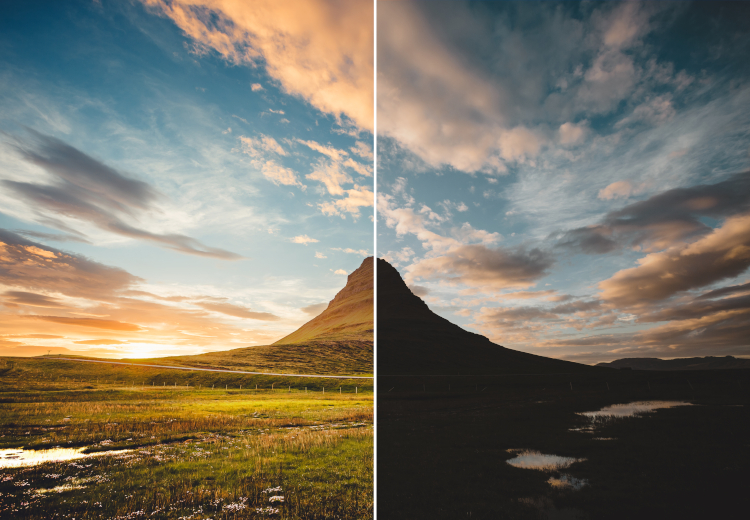
- Pixel Size and Resolution
Increasing resolution while maintaining or reducing pixel size is a significant challenge. Smaller pixels and higher pixel density can lead to issues with sensitivity and noise, necessitating advanced design techniques. Manufacturing process technology add to the design challenge to achieve pixel uniformity and performance consistency within the array of sensor pixels.
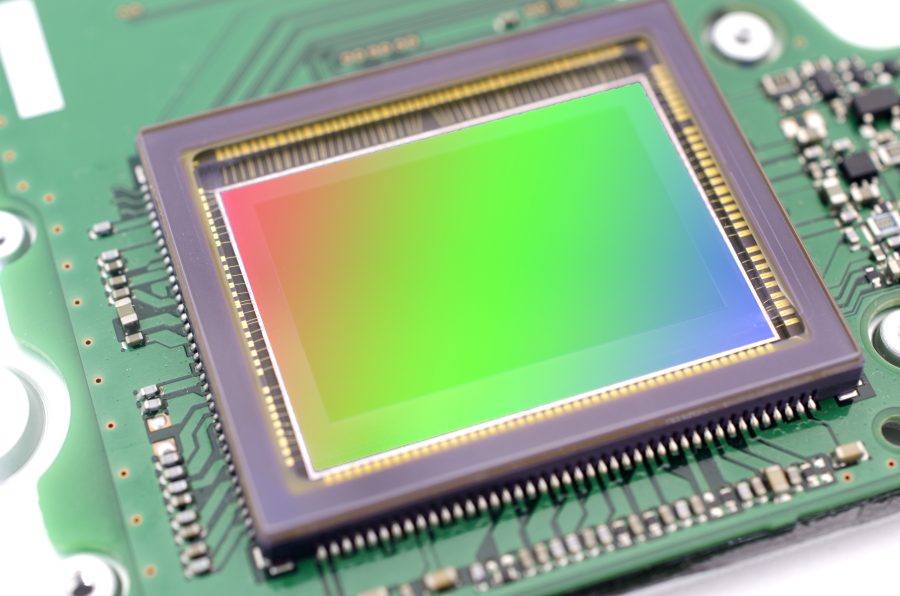
- Integration and Compatibility
The slowing down of Moore’s Law has shifted focus to advanced packaging, such as 3D stacking wafer-level packaging, to contribute to increasing performance and to drive down cost. Image sensors must integrate seamlessly with other components, including analog-to-digital converters and DSPs, while managing the vast increase in data from sensor to processor.
Q: How do the design tools from EDA Solutions help with these particular challenges?
Most engineers want EDA tools that are intuitive and easy to use. They want them to automate wherever possible, help them analyse and optimize their circuits’ physical implementations.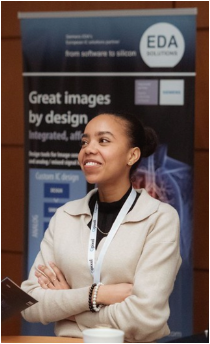
Design managers need increased productivity, more accuracy, and to be able to design out risk. They also need business deals that match their budget and cash flow.
EDA Solutions sells and delivers technical support for the full portfolio of Custom IC design solutions from Siemens EDA across Europe. At the heart of the design flow are S-Edit for the schematic design phase and L-Edit for the physical layout phase. The Solido Design Environment provides a comprehensive AI-powered solution for nominal and variation-aware verification, including SPICE, FastSPICE, and mixed-signal simulators. AFS (Analog FastSPICE) is particularly suited for simulation and noise analysis of image sensor devices, and Symphony completes the picture for mixed-signal analysis.
Siemens EDA has invested heavily in AI to deliver ‘production-grade-AI’ solutions. The Solido suite is fully reliable and accuracy-aware, offering significant speed-ups in simulation.
Power and thermal analysis is delivered with M-Power, solving IR drop issues and highlighting heat maps of instances and nodes suffering from high dynamic or static IR drop issues.
Throughout the flow, design rule checking (DRC) and layout versus schematic (LVS) verification is handled by the industry-leading sign-off Calibre solution.
Q: What will EDA Solutions be showing at this year’s conference?
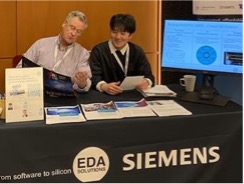 This year, Roger Bailey and Song Cheng Ee will be on hand to talk with conference delegates. Song, one of our application engineers, can illustrate all aspects of the design flow and the products discussed above. Roger will be on hand to discuss the commercial aspects, whether you need a full design flow or want to augment an existing flow with more advanced EDA tools.
This year, Roger Bailey and Song Cheng Ee will be on hand to talk with conference delegates. Song, one of our application engineers, can illustrate all aspects of the design flow and the products discussed above. Roger will be on hand to discuss the commercial aspects, whether you need a full design flow or want to augment an existing flow with more advanced EDA tools.
I am particularly proud that our company has grown to deliver service-based solutions as well as EDA software. We provide Premium Support and consultancy to tune customer flows and tool usage to boost productivity. Roger can discuss how our Managed EDA and Managed Cloud services are used by customers to outsource their EDA infrastructure support, reducing capital costs and benefiting from expert EDA engineers.
Q: Can you explain what makes these services so relevant?
Customers often face challenges with hardware and environment management due to their size of organisation or available hardware resources. Our experienced engineers at EDA Solutions help remove these hurdles. Using Managed Cloud, for example, which we deliver in partnership with Amazon Web Services, we will host the customer’s design environment on the cloud. It is secure and solely managed by our team. This provides customers with affordable and controlled scale-ability of hardware resources, confident knowing that there are EDA technical experts on-hand whenever needed.
Conclusion
The design of image sensors is a complex and challenging field, but with the right tools and support, engineers can overcome these obstacles and continue to innovate. 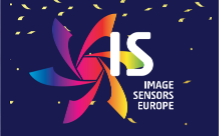 EDA Solutions, with its comprehensive suite of design tools and service-based offerings, is well-positioned to help engineers tackle these challenges head-on.
EDA Solutions, with its comprehensive suite of design tools and service-based offerings, is well-positioned to help engineers tackle these challenges head-on.
The Image Sensors Europe conference provides an excellent forum to learn about the latest innovations in image sensors from experts in the industry and of course to network with peers.
We are looking forward to supporting the conference again this year and to meet new and familiar faces!
